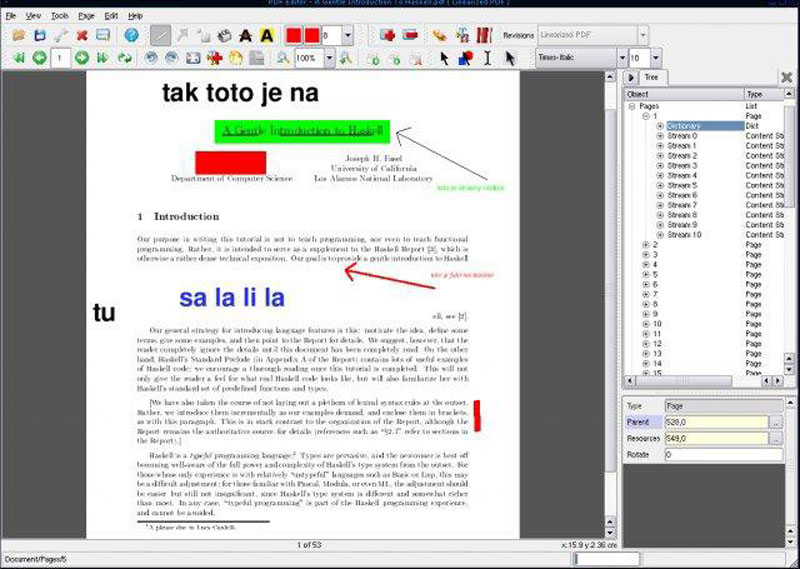Whether you are a professional graphic designer with formal education in the field or you are an advanced amateur, you are probably always on the lookout for the best tools.
The first recommendation you will surely receive is to go with the Adobe Suite. It comprises a series of very professional tools, so you couldn’t be wrong by choosing to work with it.
However, not everyone appreciates Adobe’s hegemony in the world of design software. Open Source advocates already proved with web publishing tools or server software that the free and open alternatives can be as good, if not better, than their paid counterparts. Also, many designers tend to find Adobe’s products too expensive. Making a living with these tools, I don’t think that the Adobe Creative Suite is too expensive, but if you design as a hobby, it surely is.
In this post, you will find some alternatives to Adobe’s most popular tools. It is not a comprehensive list, but it will give you some good alternatives to the most used design software.
Alternatives to Photoshop: Gimp or Krita
GIMP (aka GNU Image Manipulation Program) is the oldest free and open-source alternative to Photoshop, and it’s probably also the most well-known. It allows you to do pretty much everything Photoshop does, although there are some recent features that may not have been adopted.
The most common complaint about GIMP is its interface design, which is not as pleasant as Photoshop’s UI. This can be fixed by using a fork of GIMP: Gimpshop. This fork happened to build a version of GIMP that has a UI more similar to Photoshop in order to facilitate the transition. GIMP and its fork are available for all operating systems.
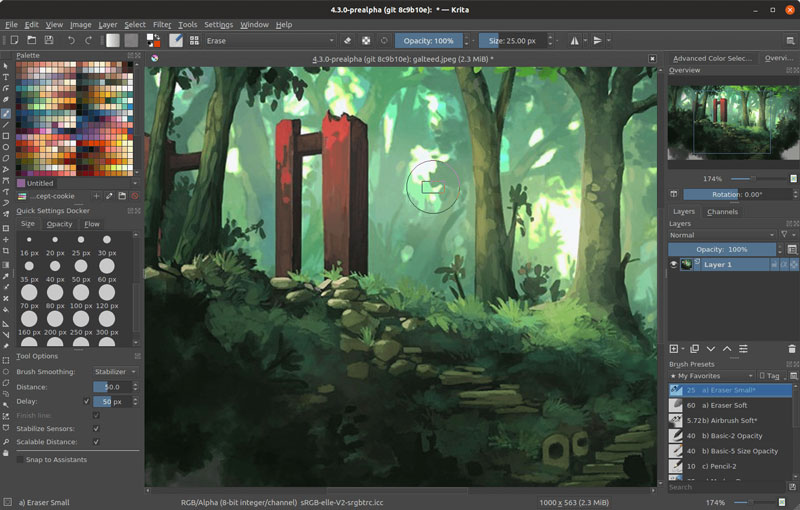
Krita is lesser-known, but it’s my favorite alternative to Photoshop. It may not have as many features as GIMP has, but it does one thing very well: digital art. Krita was built to be the go-to digital artists’ software of choice.
It comes with tons of great features: a great UI, tons of brushes for digital art, vector art editing capabilities, and even tools to create 2D animations.
Alternative to Illustrator: Inkscape
Inkscape is a very complete and professional alternative to Adobe Illustrator. It comes with flexible drawing tools, compatibility for most necessary file formats, great text, and Bezier curve tools, among other things.
If you are too used to working with Illustrator, there will be a learning curve to work with Inkscape, as there would for any other software. However, once the transition is made, you can safely work with Inkscape for any professional project as it’s a very powerful solution.
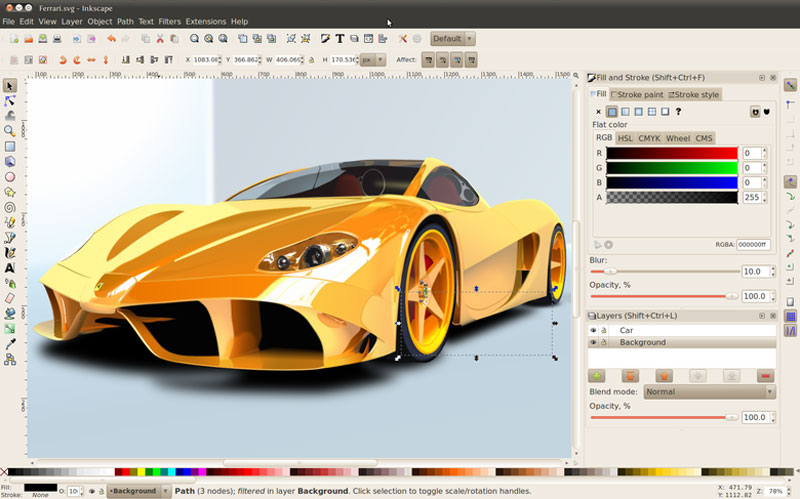
Alternative to InDesign: Scribus
For a long time, the hardest part of making the transition from Adobe’s Suite to open-source alternatives was the lack of decent alternatives to InDesign, Adobe’s powerful desktop publishing tool.
This is not longer the case, as Scribus has matured into a very professional tool that can be used to create anything that needs a layout.
The publishing features that you can now find in Scribus are: support for various color types management (CMYK, spot colors, ICC), PDF creation, vector drawing tools, powerful import/export filters, and an XML-based format that makes it much easier to recover damaged documents.
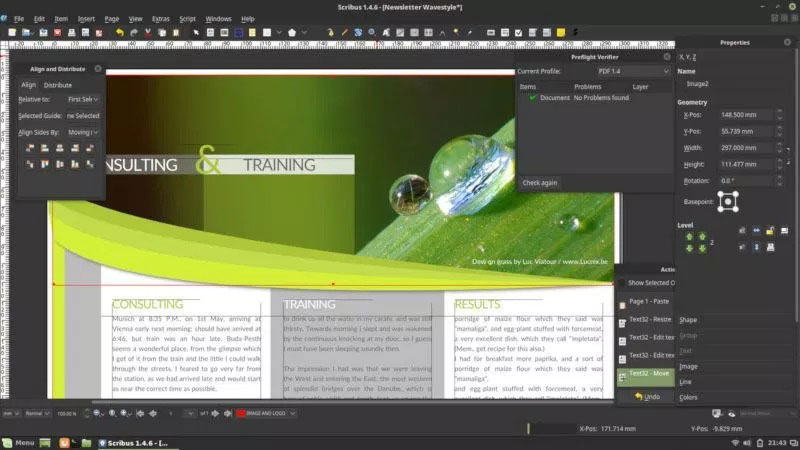
Alternative to Premiere: OpenShot
For designers who also like to work with moving things, video editing software is a must-have. If you are doing design professionally, it is also an area where finding work is getting easier, thanks to the fast growth of Youtube and online video in general.
Although there are other alternatives that you could choose from, OpenShot is a safe bet if you are looking to make a quick transition. The user interface is extremely easy to get used to, especially if you have ever worked with video editing software.
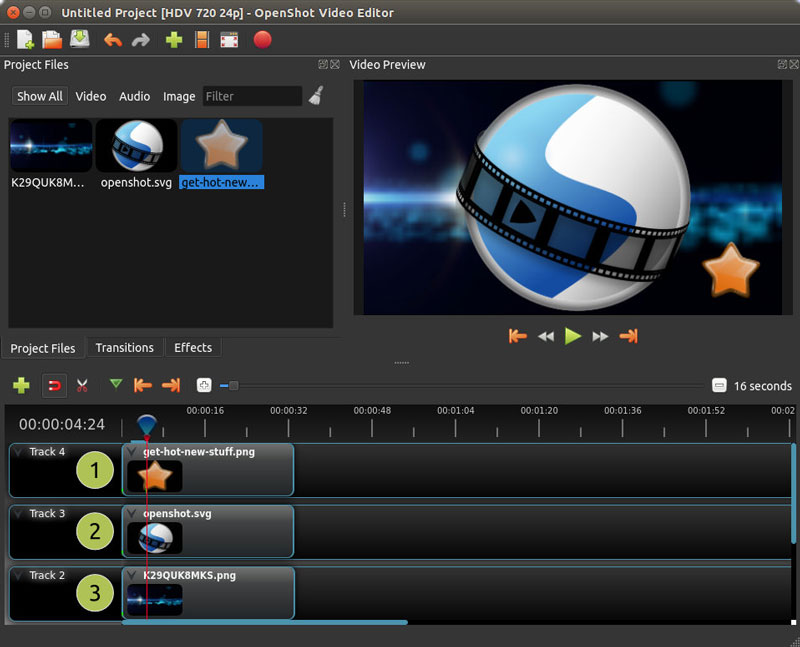
Openshot is also filled with features that even go beyond simple video editing. It allows you to animate objects, use video effects, add as many layers as you need, edit text and titles, render 3D animations, or add some time effects.
Alternative to After Effects: Natron
Another tool that people into video editing use regularly is After Effects. Known for freezing computer due to high GPU usage, this software makes anything possible in your video, thanks to amazing video effect tools.
Natron is the only alternative to After Effects that I could find. It’s a powerful Digital Compositor for 2D and a little more (they call it 2.5D). You can create plenty of visual effects in your videos, tack and key elements, do rotoscoping, and more.
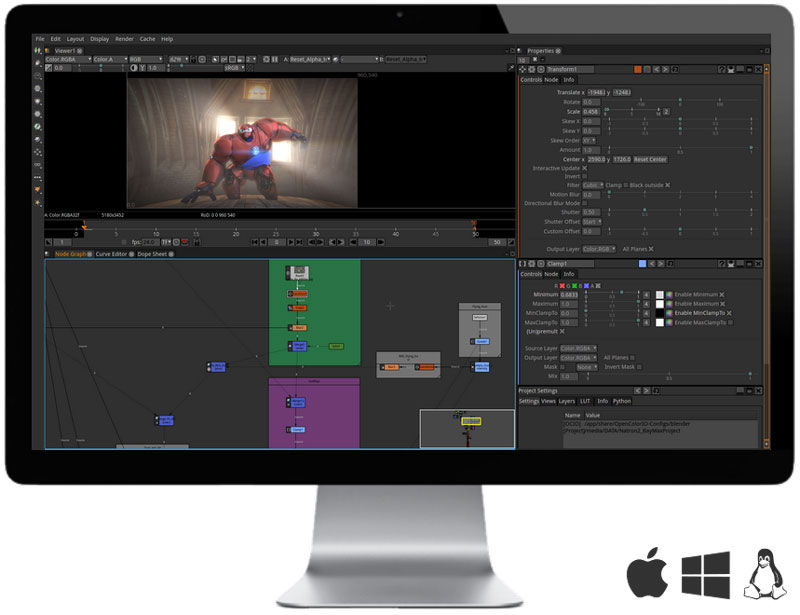
Alternative to Audition: Audacity
If you are creating videos, they would be very boring without sound. With Adobe’s Creative Suite, you would have used Audition to work on sound cutting and effects. There is a well-established open-source alternative: Audacity.
Audacity has been around for a long time now and its community of users has proved that it can be used professionally. It is a multi-track audio editor and recorder that allows you to fine-tune the sounds you want to publish.
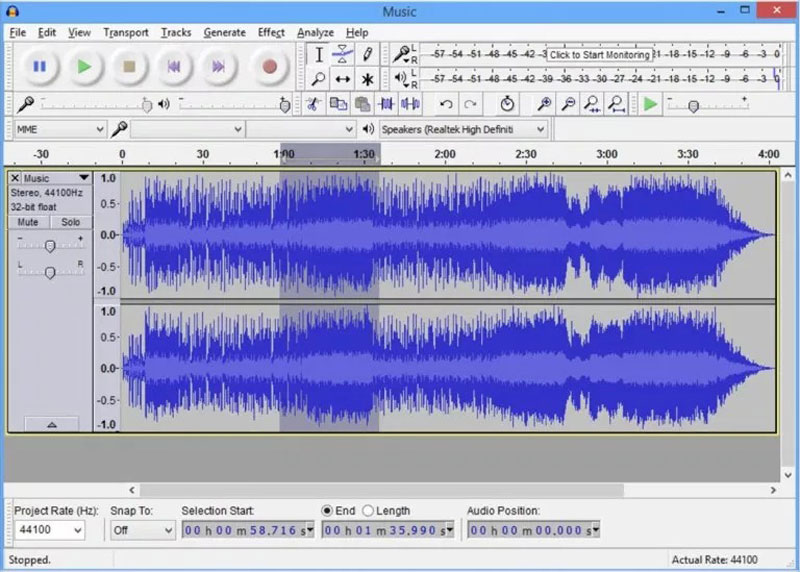
Alternative to Adobe Acrobat: PDFedit
Adobe Acrobat may be less used by designers in their day-to-day work, but it comes very handily when you need to edit some text in a PDF or extract some images.
There is a free alternative to Acrobat Pro, it’s named PDFedit and it allows you to edit anything in a PDF and even change some raw PDF objects. If you are geeky enough, you can even extend its features using ECMAScript.
